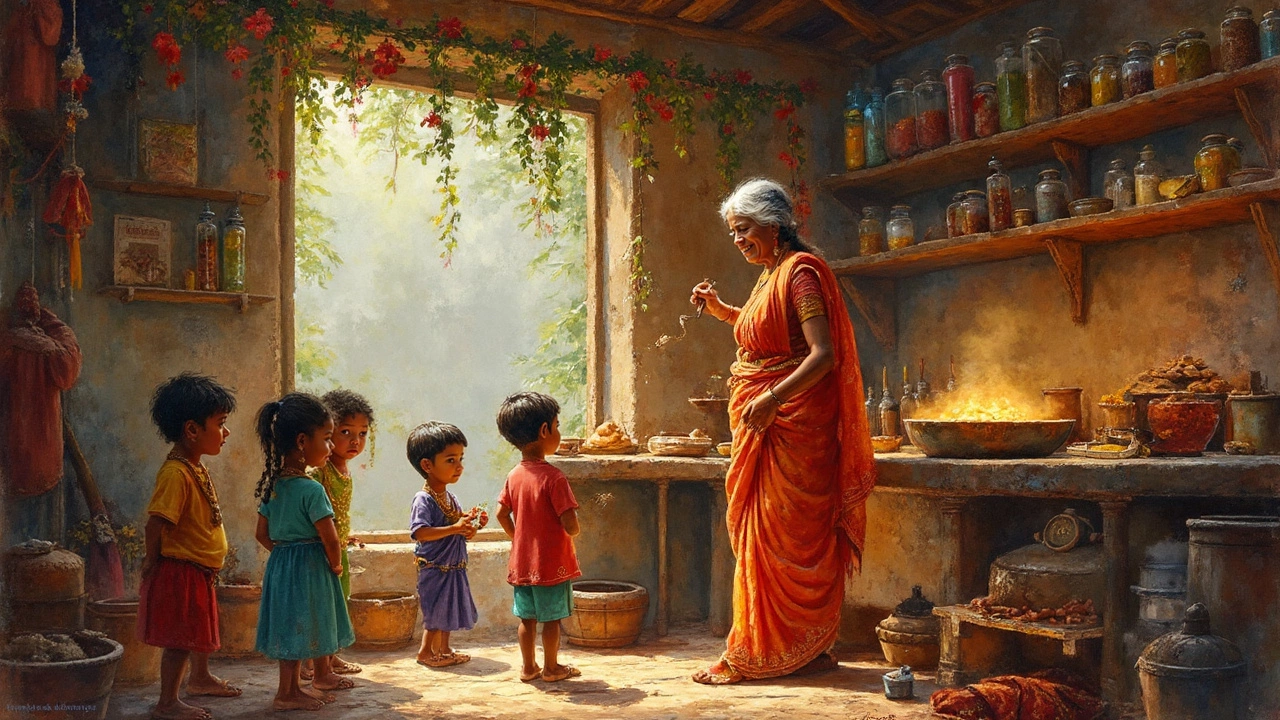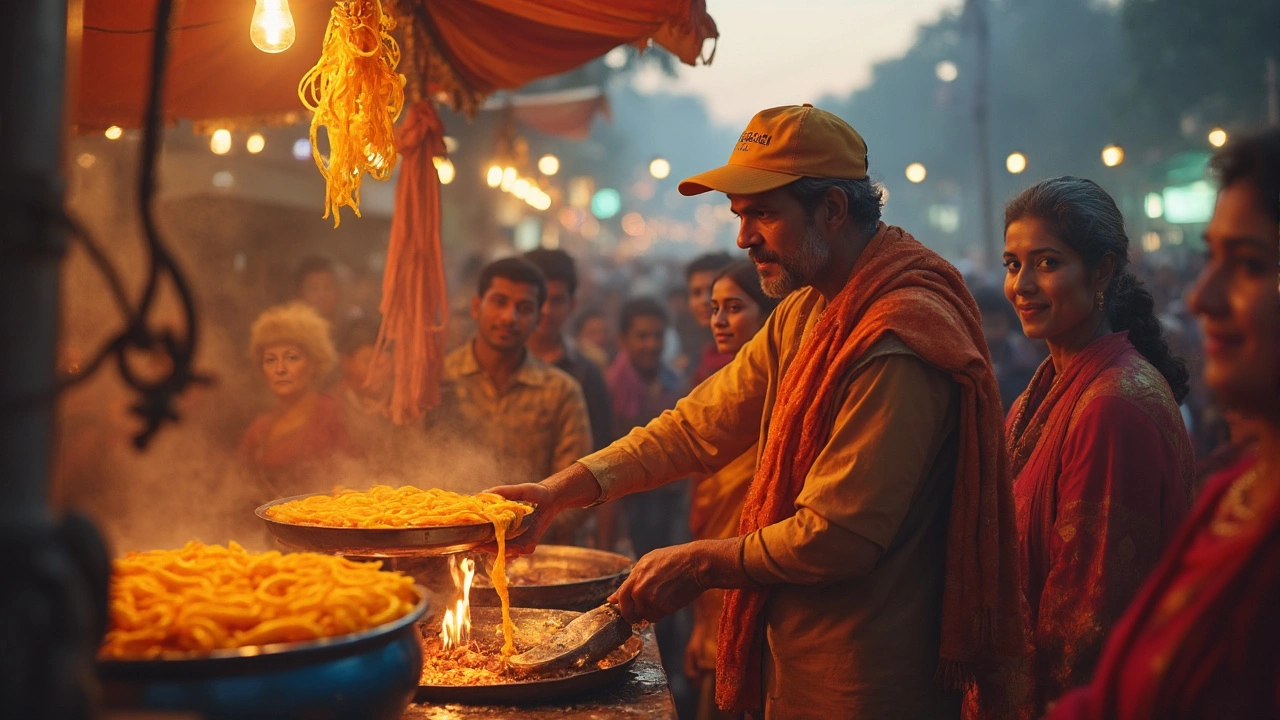Indian Dessert: Sweet Traditions and Simple Recipes
When you hear the words Indian dessert, a sweet dish rooted in centuries‑old regional traditions, often featuring dairy, sugar, and aromatic spices. Also known as sweet Indian treat, it plays a big role in celebrations, everyday meals, and comfort food moments. Below we’ll break down why these desserts feel so familiar yet endlessly diverse.
If you love Indian dessert flavors, start with the basics: sugar, the primary sweetener that shapes flavor, texture, and preservation in most Indian sweets and ghee, clarified butter that adds richness, a buttery aroma, and a crisp finish when fried. Together they form the backbone of classics from rasgulla to jalebi. Fresh dairy—milk, khoya, or paneer—adds body and creaminess, while spices like cardamom and saffron give that unmistakable Indian aroma.
Popular Indian Dessert Types
Every region boasts its own star sweets. In the north, you’ll find syrup‑soaked gulab jamun and spongy rasgulla, both built on milk solids and sugar. The south offers payasam (a rice or vermicelli pudding) and the buttery mysore pak, where ghee takes center stage. West Indian kitchens serve shrikhand—sweetened yogurt flavored with saffron—and the festival‑favorite modak, a rice‑flour dumpling stuffed with jaggery and coconut. The east shines with sandesh, a delicate paneer‑based confection. Each dish reflects local ingredients and the occasions they’re tied to, from Diwali to weddings.
Cooking methods matter as much as ingredients. Frying in ghee creates a golden crust and a melt‑in‑your‑mouth texture, while simmering sugar syrup makes sweets like jalebi and imarti swirl into crisp spirals. Steaming preserves moisture in dishes like rasgulla, letting sugar soak in evenly. When sugar caramelizes, it deepens flavor; when ghee heats, it releases nutty notes that lift the entire dessert. Understanding these techniques helps you control sweetness and richness, something even the “Which Ethnic Group Consumes the Most Sugar?” study notes is key for balanced indulgence.
Common mistakes are easy to fix. Too much sugar can make a syrup too thick, leaving the dessert hard and grainy. To avoid that, measure syrup consistency by eye—when it runs like thin honey, you’re good. Fresh dairy should be well‑drained; excess moisture creates soggy textures. When frying, keep the ghee temperature steady around 350°F; too hot and the outside burns before the inside cooks. Store finished sweets in airtight containers; most keep well for a few days, and some even improve after a night of resting, much like homemade chutney does.
Looking for lighter or veggie‑friendly twists? Swap regular sugar with jaggery or coconut sugar for a richer, caramel flavor that still satisfies cravings. Replace dairy‑heavy khoya with paneer or tofu for a protein boost—remember the paneer‑vs‑tofu comparison that shows paneer gives a creamier bite while tofu offers a firmer texture. Add fresh fruit like mango or berries to kulfi or rasgulla to brighten the palate. These swaps keep the core idea of an Indian dessert while letting you tailor it to dietary needs.
Now that you’ve got a quick overview of ingredients, regional styles, and cooking tricks, you’ll see why the recipes below feel both familiar and exciting. Below you’ll find step‑by‑step guides, flavor‑boosting tips, and cultural backstories that let you master everything from a simple payasam to a show‑stopping gulab jamun. Ready to dive in? Let’s explore the sweet side of Indian cooking together.

Discover India's Oldest Dessert: The Mythical Payasam
Payasam, often considered the oldest Indian dessert, holds a significant place in Indian history and culture. Known for its simple yet rich ingredients—rice, milk, and sugar or jaggery—Payasam is a staple in Indian households during festivals and celebrations. This sweet treat, often associated with traditional ceremonies and rituals, showcases India's rich culinary heritage. Discover intriguing facts about Payasam, from its regional variations to tips on how to perfect this iconic dish in your kitchen.

India's National Sweet: Delight of All Senses
India's diverse palate includes a rich array of sweets, yet the title of the national sweet goes to jalebi. Spiraling swirls of sugary goodness, jalebi is cherished at every festive occasion as well as in mundane moments. This article explores why jalebi holds this esteemed spot, its rich history, and how you can make it at home. Dive into the delightful world of Indian confections to understand the irresistible charm of jalebi.